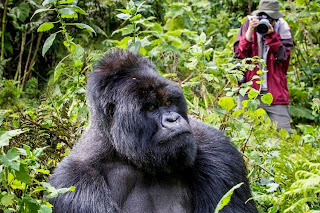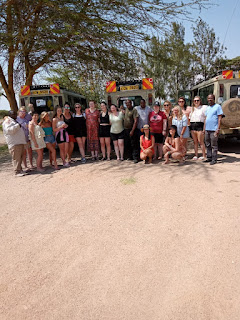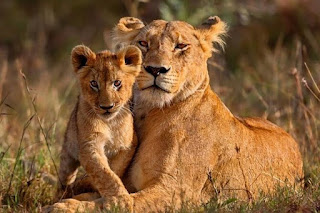What you should know about wildebeest migration
What you should know about the wildebeest migration
Much research has focused on the influence of animal
migrations on the terrestrial ecosystem. Mass drowning is an understudied
phenomenon associated with migrations that may have substantial impacts on
aquatic ecosystems. Wildebeest migration occurs nearly annually between Serengeti
and Masai Mara. The Mass drowning’s contributed the equivalent biomass of 10
blue whale carcasses per year to this moderately sized river. Soft tissues of
the carcass decompose within several weeks and are assimilated by both
in-stream and terrestrial consumers. Bones decompose over years, which may
influence nutrient cycling and food webs in the river on decadal time scales.
The loss of migrations and associated mass drownings May fundamentally alter
river ecosystems in ways previously unrecognized.
The annual migration of nearly 1.2 million wildebeest (Connochaetes taurinus) through the Serengeti Mara Ecosystem is the largest remaining overland migration in the world. One of the most iconic portions of their migration is the crossing of the Mara River, during which thousands drown annually. These mass drownings have been noted, but their frequency, size, and impact on aquatic ecosystems have not been quantified. Here, we estimate the frequency and size of mass drowning’s in the Mara River and model the fate of carcass nutrients through the river of the ecosystem. Mass drowning’s occurred in at least 13 of the past 15 years on average of 6,250 carcasses and 1,100 tons of biomass enter the river each year. Half of the wildebeest carcass dry mass is bones which takes 7 years or more for the decomposition to take place. Carcass soft tissue decomposes in 2 to 10 weeks, and these nutrients are mineralized by consumers, assimilated by biofilms, transported downstream, or moved back into the terrestrial ecosystem by scavengers. These inputs comprise 34 to 50% of the assimilated diet of fish when carcasses are present and 7- 24% via biofilm on bones after soft tissue decomposition. Our results show a terrestrial animal migration can have large impacts on a river ecosystem.




Comments
Post a Comment